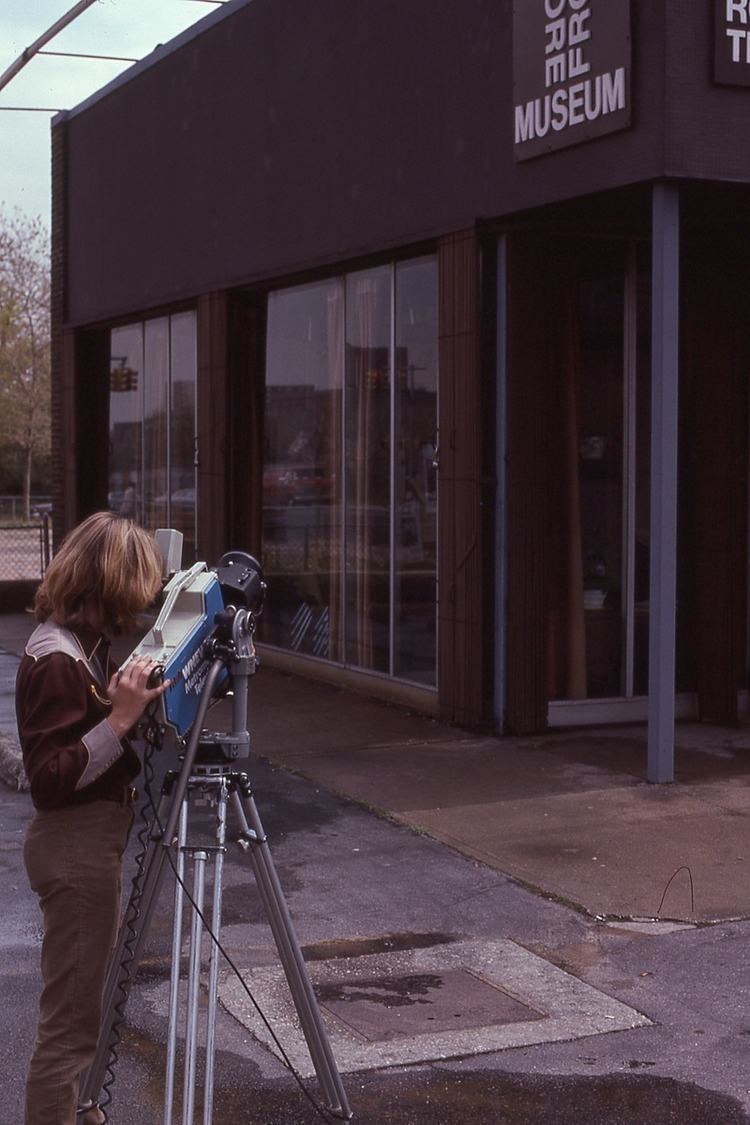Founded 1971 | ||
 | ||
The Store Front Museum was established in 1971 in Queens, New York by Tom Lloyd, to serve as a cultural center for the Black community of the borough. It was originally located at 162-02 Liberty Avenue, in a former retail tire dealer building.
Contents
Lloyd was an artist that had made numerous showings around the country before coming to Queens. The museum was established in February 1971 and was devoted to the promotion and dissemination of African-American culture. Lloyd chose the name because "it implies community." The gallery was used for several exhibits, concert plays, karate classes, dance instructions, and festivals over the years. Lloyd acquired many of the museum’s materials from donations.
Events
The first prominent exhibition for the museum was Paintings and Drawings by Richard Mayhew in 1972. It was the first exhibit to gain large exposure for the museum. The museum also had a permanent collection of materials such as art work, books, photographs, and documents.
In 1972 the institution opened the Paul Robeson Theatre, a 300-seat theater in which performing arts groups showcased major productions. Among those teaching classes and workshops at the museum were playwright Ed Bullins and actor Roscoe Orman, both working at the New Lafayette Theater in Harlem, NY at that time. Drumming classes were taught by the noted pioneering "free" drummer Milford Graves, who lived in the Jamaica, NY community where the museum was located.
Another popular event was the African Festival, a two-day event that took place annually and included live performances and the exhibition of African art. The museum was also the host for a variety of programs aimed at pointing awareness to the community and civic betterment. Topics included the juvenile justice system, Black ancestry, and a sickle cell anemia blood drive.
The most acclaimed exhibit was Early Photographs and Documents of African-Americans in Queens County, New York in 1985. The visual documentary focused on the life styles, deeds, and attitudes of slaves and freedmen from 1683-1941. Over 100 rare photographs were displayed along with maps that described village boundaries and information on the first Black community in Jamaica, called "the Green". In preparation for the exhibit Lloyd worked with James Rose, a professor of Genealogy at Queens College, and Margot Webb in researching the history of Blacks in Queens County. There were hopes of publishing a book called African-Americans in Queens County, New York, 1683-1983.
Closing
In January 1985 the museum received an eviction notice for the expansion and renovation of York College. After being at the Liberty Avenue location for 15 years, Lloyd relocated the museum to 195-45 Jamaica Avenue in Hollis. Lloyd tried to acquire a more permanent location for the museum at 165-20 Hillside Avenue, but was denied by the Division of Real Property. The Store Front museum permanently closed its doors in 1988. Lloyd donated museum material to the Queens Library Archives in 1995.
